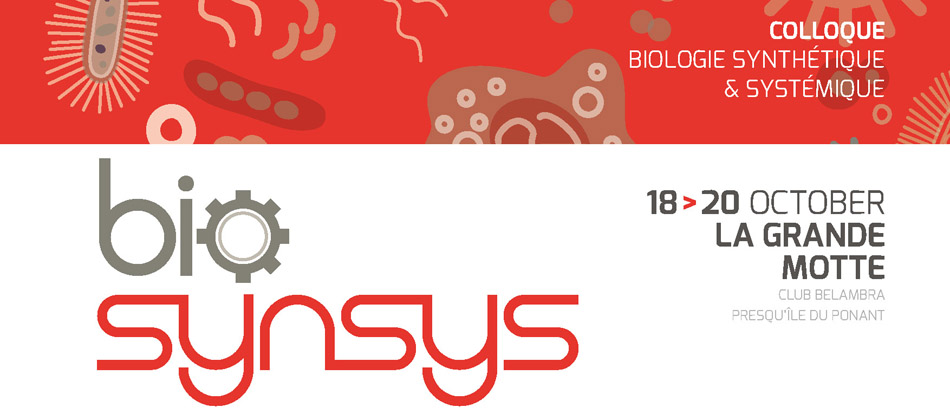Living cells can sense and process myriad signals in order to survive and reproduce. Using the tools of synthetic biology, researchers have started to modify cells to perform sophisticated biosensing, diagnostics or targeted therapies. However, these approaches are currently limited by the difficulty to detect molecules for which no receptor is found in nature. Here we use ligand-induced dimerization of monomeric DNA-Binding Domains (split-DBDs) fused to an artificial Ligand-Binding Domain (LBD) to engineer modular receptors operating in bacteria. As a versatile LBD scaffold, we used VHH camelid antibodies, which can be engineered to detect many ligands of interest. We designed both cytosolic and transmembrane receptors and highlighted several principles that can be used to improve receptor behavior. Finally, using L-form bacteria with an deficient outer membrane, we demonstrate that our transmembrane receptor can detect extracellular proteins and trigger downstream intracellular signaling. Because of the versatility of antibody-based detection and the number of existing transcriptional regulators, we anticipate that our platform could be tailored to derive orthogonal receptors detecting many ligands of interest. Scalable detection systems using split-DBDs could be combined with existing sensors to support many applications including diagnostics, environmental monitoring, or cellular therapeutics
- Poster

 PDF version
PDF version
